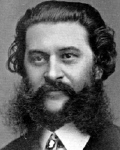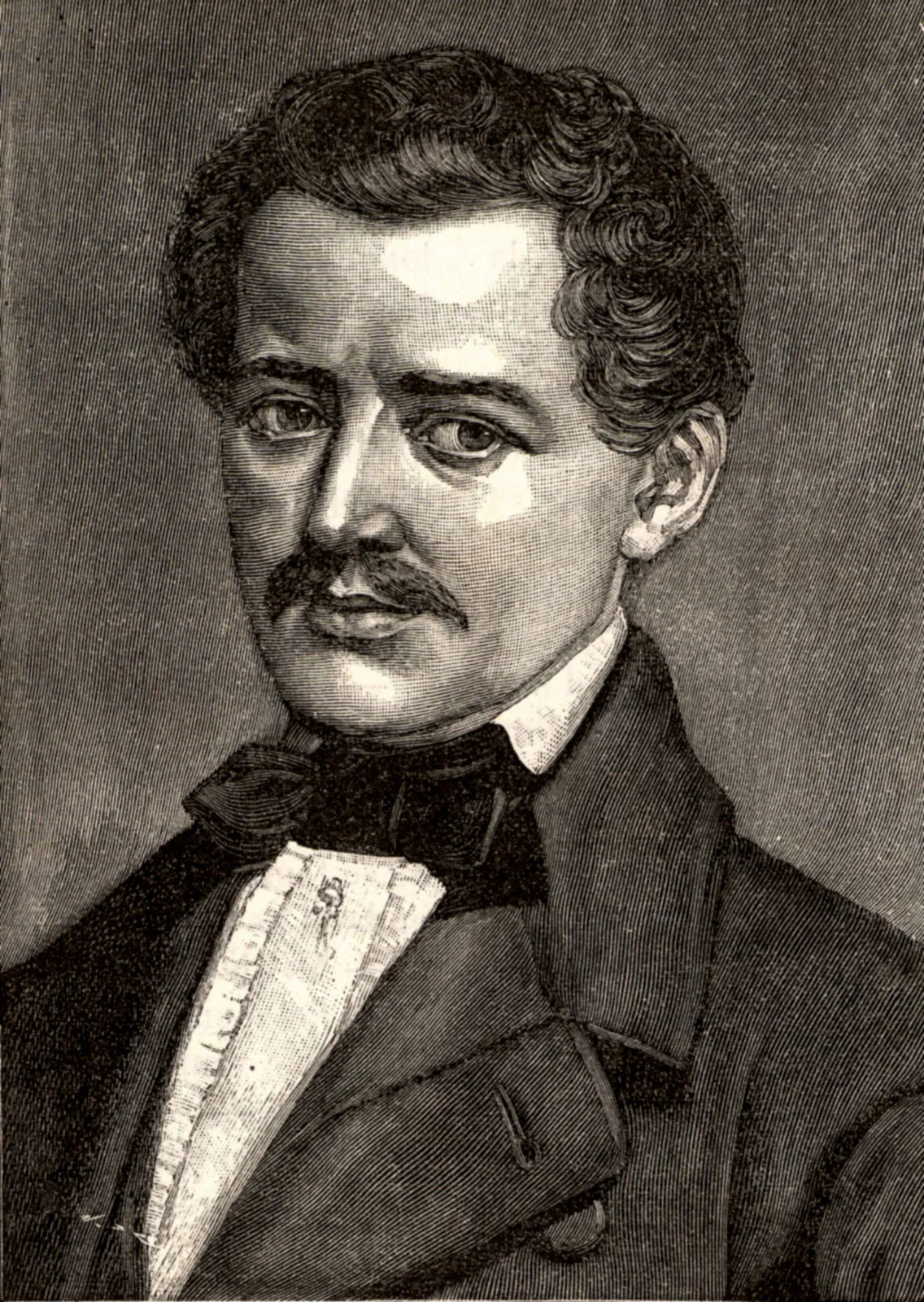

Johann Baptist Strauss I
Born: 1804Died: 1849
Education: An apprentice to the bookbinder of Johann Lichtscheidl, Strauss took lessons in the violin and viola in addition to fulfilling his apprenticeship
Career: Deputy conductor of the orchestra in Vienna
Strauss I became a viola player in the dance orchestra of a light music composer Michael Pamer. Later he conducted Josef Lanner's orchestra, and in 1826 he performed the Täuberl-walzer, the first of several sets of Viennese waltzes named after the place where they were first performed - in the garden of "Zwei Tauben." He established his reputation as a Viennese waltz composer in 1830 by conducting at Leopoldstadt's famous dance hall, the Spal. There, he was idolized to the point where he was known as the ‘Austrian Napoleon’ in the music world. In 1834 he was appointed concertmaster of the 1st Regiment of the Vienna Militia, and the following year he became conductor of the Imperial Ball. He embarked on the first of his numerous European tours in 1833, visiting London in 1838. Among his 18 marches, the Radetzky March was especially popular. Strauss's complete works, including galops, polkas, cadril and other dance pieces in addition to waltzes, were published by his son Johann II in 1889. His works are notable for their rhythmic vitality and charm of melodic design and represent the Viennese style which is the best dance music. Strauss's other sons, Josef (1827-70) and Eduard (1835-1916), were known as conductors, as was Eduard's son Johann. Joseph was also a waltz composer.

